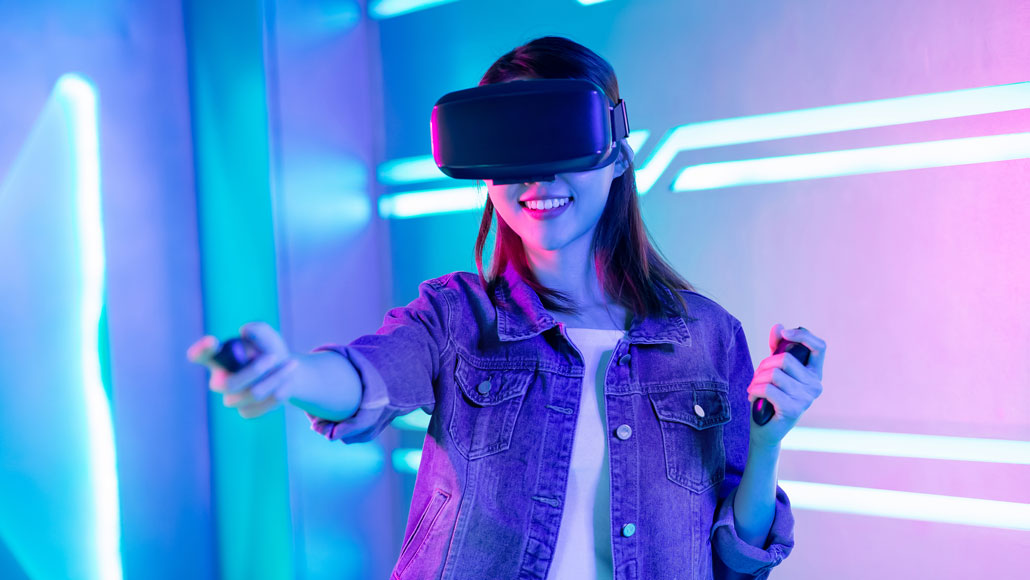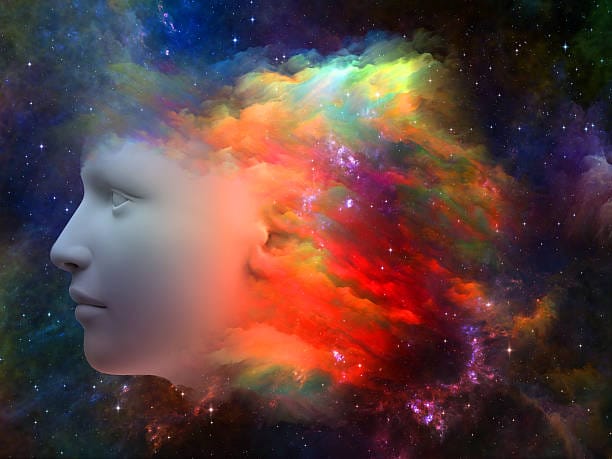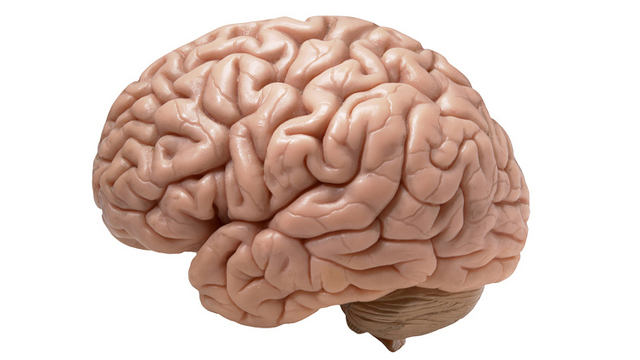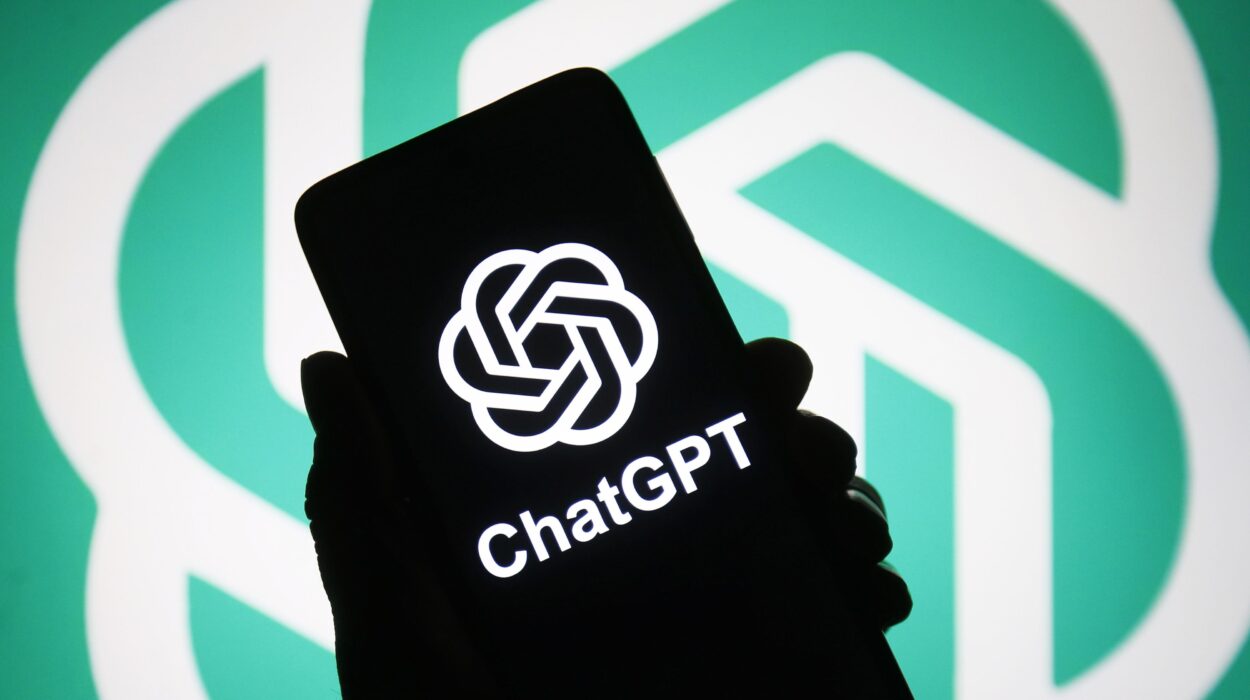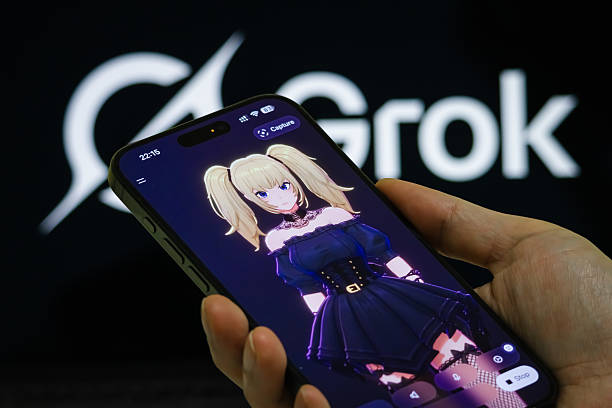Education is the cornerstone of human progress, the bridge between knowledge and possibility. For centuries, the methods of teaching have evolved slowly—from chalkboards to projectors, from textbooks to laptops—but today, we stand at the edge of a revolution. Virtual Reality (VR), once a futuristic dream confined to science fiction, is now stepping boldly into classrooms, lecture halls, and learning spaces around the world.
Virtual Reality has the power to reshape how we learn, how teachers teach, and how knowledge is experienced. Unlike traditional learning, where information is absorbed passively, VR plunges students into dynamic, interactive environments where lessons come alive. It is not just a tool—it is a gateway to immersive, emotional, and unforgettable educational experiences.
In this article, we will explore thirteen powerful ways Virtual Reality is set to transform education forever. Each section reveals how VR is not merely enhancing old methods but reimagining what it means to learn in the 21st century.
1. Learning Through Immersive Experiences
The greatest strength of VR lies in its ability to create immersive environments. Traditional education often struggles to bridge the gap between theory and experience. A student can read about the pyramids of Egypt, but reading can never replicate the feeling of standing in front of them. With VR, students can step into a virtual Giza plateau, walk around the Great Pyramid, and study its construction as if they were physically there.
Immersive learning engages multiple senses, making lessons vivid and memorable. Research shows that students retain more information when they are emotionally and experientially involved. In VR, they don’t just learn facts—they live them.
2. Traveling the World Without Leaving the Classroom
Field trips are an essential part of education, but logistics, costs, and safety often limit opportunities. VR changes this entirely. With headsets, students can explore the Louvre in Paris, dive into the Great Barrier Reef, or hike the Amazon rainforest—all without leaving their classroom seats.
These virtual field trips remove barriers of geography and privilege. A child in a small rural school can experience the same cultural wonders as a student in a major city. By democratizing access to global experiences, VR ensures that no learner is left behind simply because of location or financial limits.
3. Visualizing the Invisible
Much of science deals with things invisible to the naked eye: atoms, molecules, black holes, DNA, or quantum phenomena. Traditionally, teachers rely on diagrams or models to explain these concepts, but they often remain abstract and difficult to grasp.
VR makes the invisible visible. Imagine a biology student shrinking down to explore the inside of a living cell, watching mitochondria generate energy or DNA molecules replicate. Physics students can float inside a black hole simulation, visualizing the bending of space-time. These experiences move beyond imagination, giving learners a tangible sense of concepts once locked away in abstraction.
4. Enhancing Empathy and Emotional Intelligence
Education is not just about facts—it is also about developing human values. VR offers powerful opportunities to build empathy by allowing students to “step into someone else’s shoes.”
For example, students can experience life from the perspective of refugees, people with disabilities, or individuals living in poverty. This type of experiential empathy training helps young learners understand diverse perspectives, fostering compassion and global awareness.
Instead of reading about social issues, students feel them. This emotional connection is far more impactful than any textbook page, cultivating not just informed learners but responsible global citizens.
5. Revolutionizing Medical Training
In medicine, practice is everything—but real-life practice comes with enormous risks. Medical students traditionally rely on cadavers, simulations, or limited clinical exposure. With VR, training can move to a whole new dimension.
Virtual surgeries allow students to perform procedures repeatedly in a safe environment. They can practice delicate operations without endangering lives, gaining confidence before stepping into real operating rooms. VR also helps in teaching anatomy: instead of flipping through static images, students can explore 3D human bodies, peeling away layers and examining organs in detail.
The result is not only better-trained doctors but also safer patients in the real world.
6. Personalized Learning Journeys
Every student learns differently, yet traditional classrooms often apply a one-size-fits-all approach. VR changes this by enabling personalized learning experiences tailored to individual needs and learning speeds.
A struggling student can repeat lessons as often as necessary without embarrassment, while advanced learners can move ahead into more challenging scenarios. Adaptive VR software can track student progress in real time, adjusting difficulty, offering hints, and customizing paths of learning.
This level of personalization ensures that education is no longer confined to averages—it becomes deeply individual, empowering each student to thrive in their own way.
7. Making History Come Alive
History often suffers from being taught as dates, names, and events on paper. Yet history is a story of people, emotions, and struggles. VR can bring history to life in ways textbooks never could.
Imagine walking through the streets of Ancient Rome, attending a Shakespearean play at the Globe Theatre, or standing beside Martin Luther King Jr. during his famous “I Have a Dream” speech. Students can witness pivotal events unfold before their eyes, experiencing history as living, breathing reality rather than dry text.
By making history immersive, VR transforms memorization into emotional connection, ensuring that lessons stay with students long after the headset is removed.
8. Breaking Down Language Barriers
Language learning is one of the most challenging fields of education. Vocabulary and grammar are important, but fluency requires immersion in real-life conversations and cultural contexts. VR makes this possible without traveling abroad.
Students can practice speaking in simulated environments—ordering food in a Paris café, navigating a busy Tokyo subway, or bargaining in a Spanish market. VR provides instant feedback, helping learners practice pronunciation, listening, and comprehension in realistic scenarios.
By recreating the immersion of living in another country, VR accelerates fluency and fosters cultural confidence in learners.
9. Increasing Engagement in STEM Education
Science, technology, engineering, and mathematics (STEM) are critical fields for the future, yet many students struggle with engagement and motivation. VR has the power to transform STEM subjects into exciting adventures.
Engineering students can build virtual bridges and stress-test them without materials. Chemistry learners can conduct virtual experiments with explosive reactions—without the risk of accidents. Mathematics can be visualized in interactive 3D space, making abstract equations tangible and intuitive.
By turning STEM into an engaging, hands-on playground, VR reduces anxiety and ignites curiosity, inspiring the next generation of innovators.
10. Supporting Special Education Needs
For students with disabilities or learning challenges, traditional education can be overwhelming or inaccessible. VR offers inclusive solutions by tailoring environments to individual abilities.
For example, autistic students can practice social interactions in safe, controlled VR environments. Students with mobility impairments can participate in activities like climbing a mountain or exploring museums, experiences they might never access otherwise.
VR ensures that education is equitable, breaking down barriers and opening doors for learners of all abilities to thrive.
11. Preparing for Careers of the Future
Education is not just about knowledge—it’s about preparing students for the workforce. Many careers require hands-on training that is expensive, dangerous, or logistically complex. VR bridges this gap.
Aviation students can practice piloting in hyper-realistic VR cockpits. Architecture students can design buildings and then walk through their creations. Even retail or hospitality workers can rehearse customer service in simulated environments.
By offering risk-free yet realistic practice, VR equips learners with practical skills that directly translate into workplace readiness.
12. Building Global Classrooms
One of VR’s most transformative potentials is its ability to connect learners across the globe. Imagine a classroom where a student in Brazil works side-by-side with a student in Japan on a science project, both inhabiting the same virtual lab despite being continents apart.
VR erases geographical boundaries, allowing global collaboration in real time. Students can exchange cultural insights, build international friendships, and prepare for a world where collaboration across borders is essential.
This fosters not just knowledge but global citizenship, teaching students that education is no longer confined to local classrooms but part of a shared human journey.
13. Making Education Fun Again
At its heart, VR transforms learning into play. For many students, traditional education feels rigid, stressful, and disconnected from joy. But when lessons become interactive adventures—flying through the solar system, solving mysteries in ancient ruins, or experimenting with physics in zero gravity—learning is no longer a chore.
Gamified VR environments use rewards, challenges, and narratives to motivate students. By blending fun with education, VR reignites curiosity, showing that learning can be both serious and enjoyable. When students are excited to learn, education becomes a lifelong passion rather than a temporary requirement.
Conclusion
Virtual Reality is not just another educational tool; it is a revolution in how humans experience knowledge. It bridges gaps between theory and practice, between cultures and generations, between ability and accessibility. It transforms classrooms into portals of imagination and understanding, preparing students not only to succeed in school but to thrive in a rapidly changing world.
The future of education is immersive, global, personalized, and deeply human—and Virtual Reality is leading the way. By embracing this technology, we are not only changing how students learn but redefining what it means to be educated in the 21st century.
